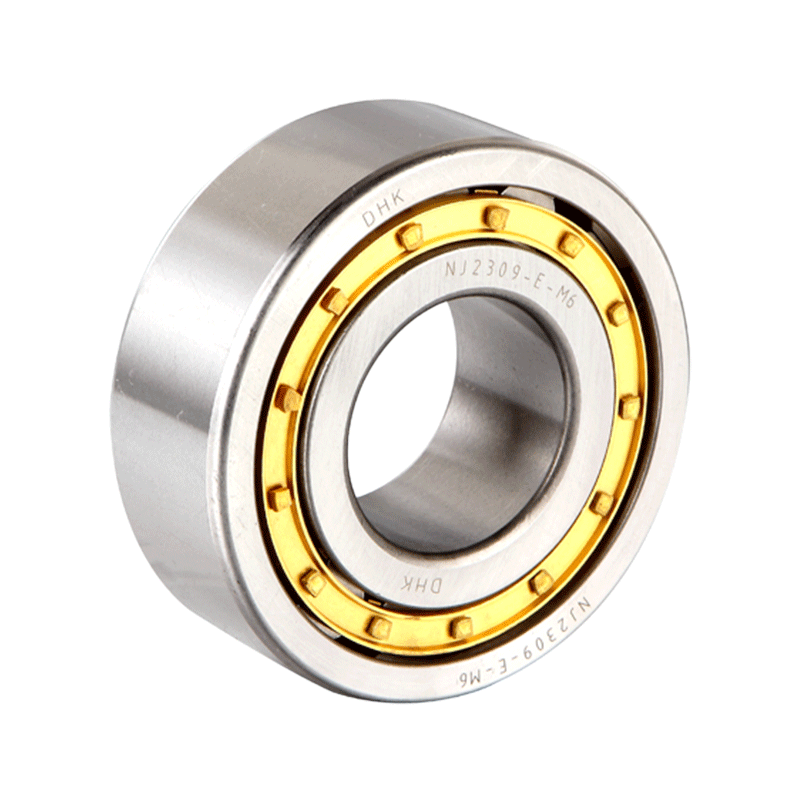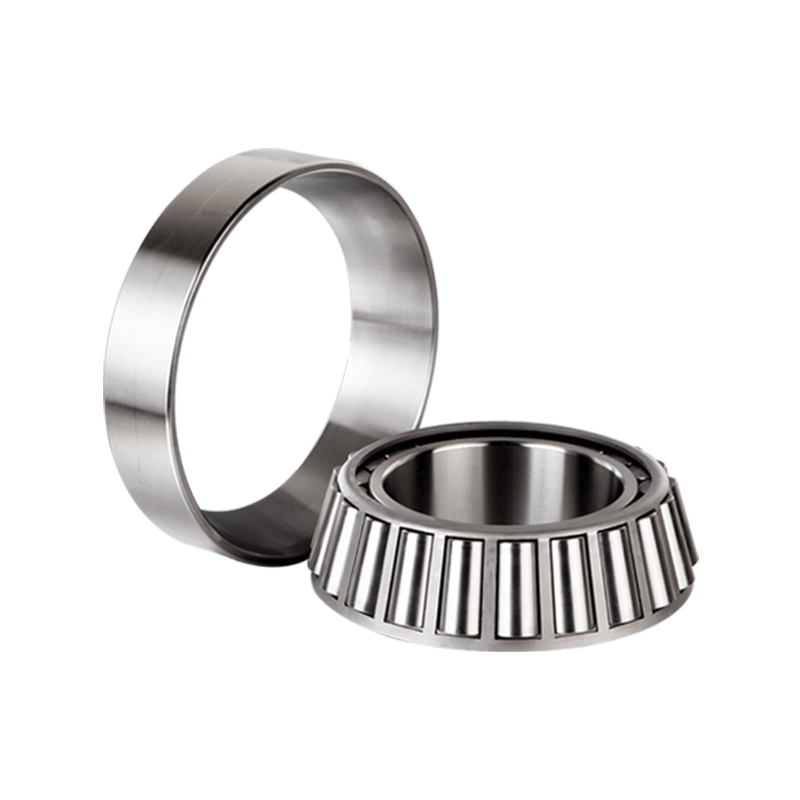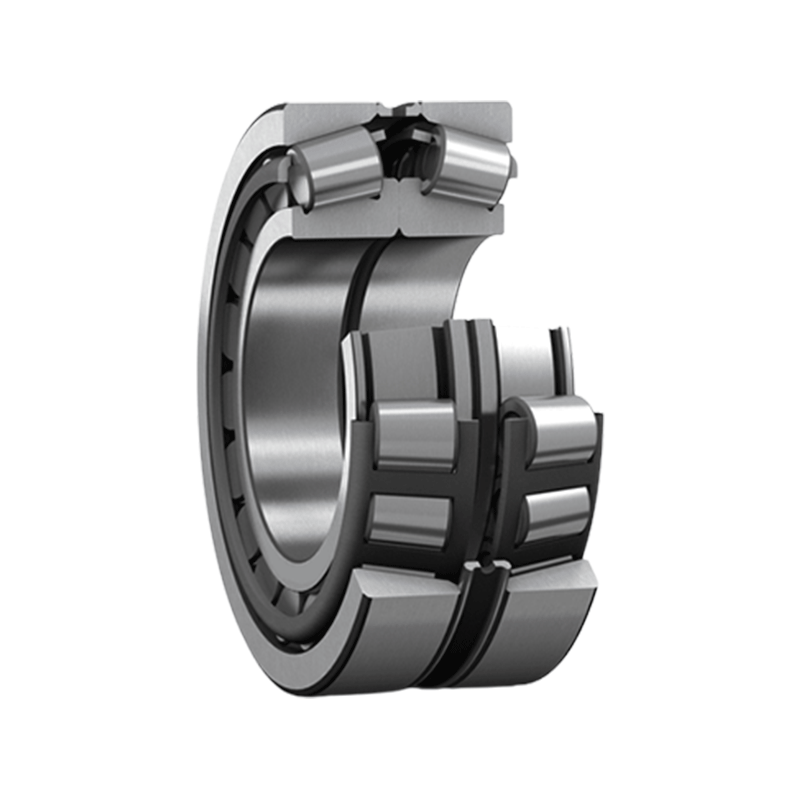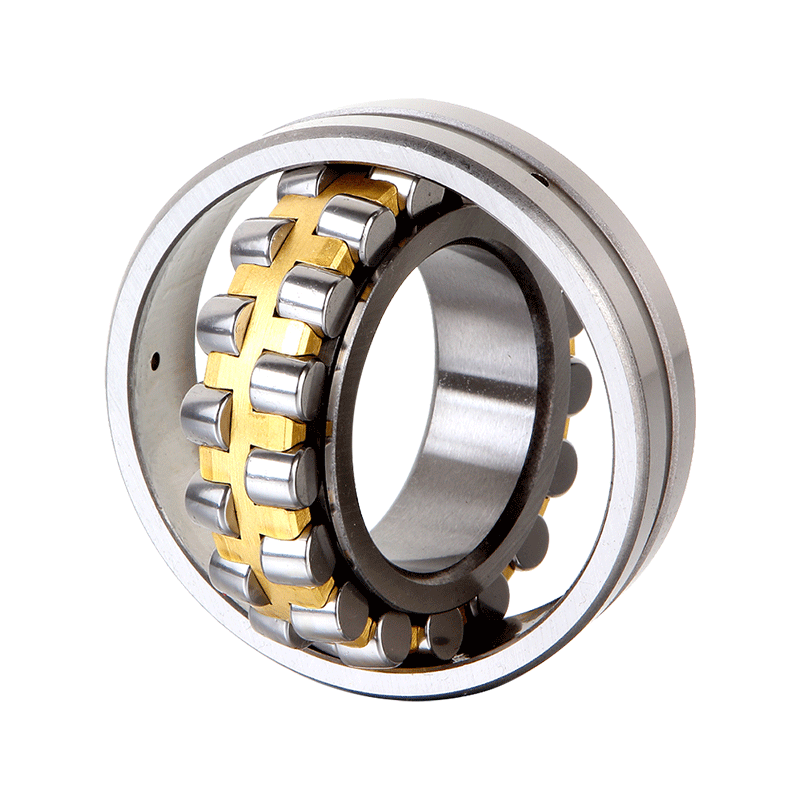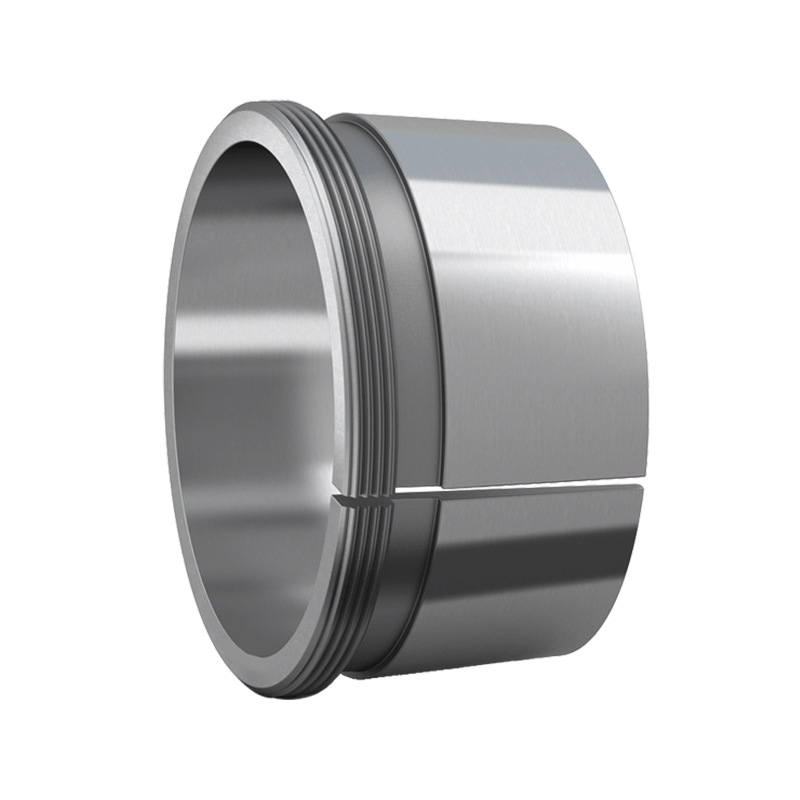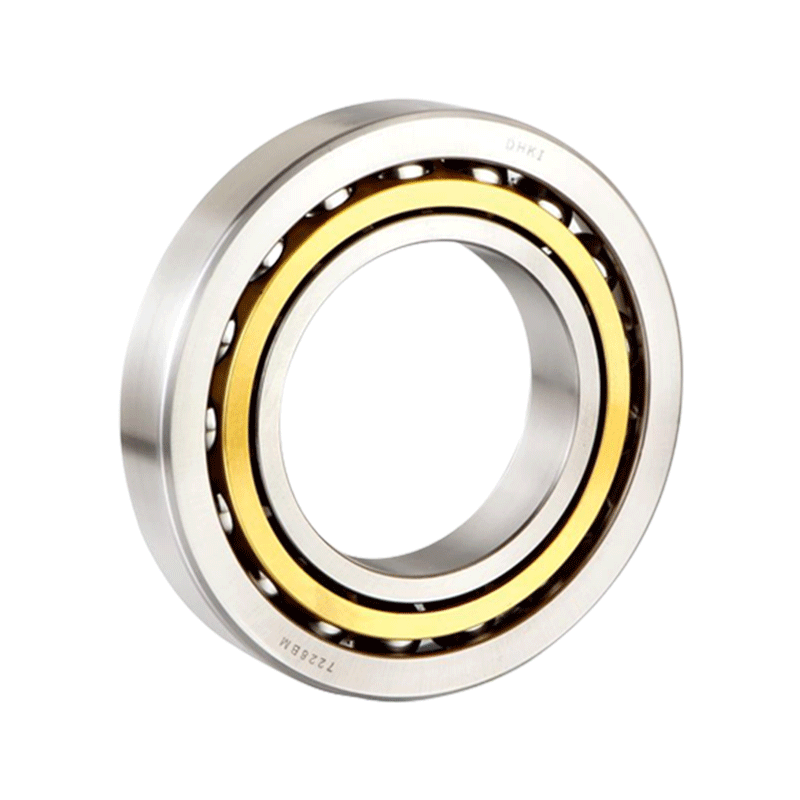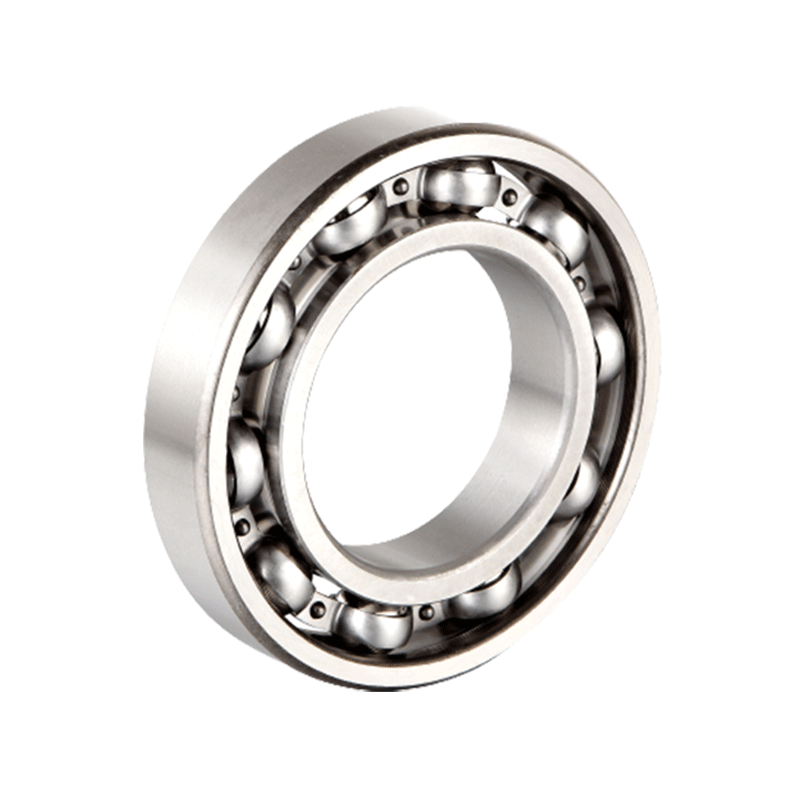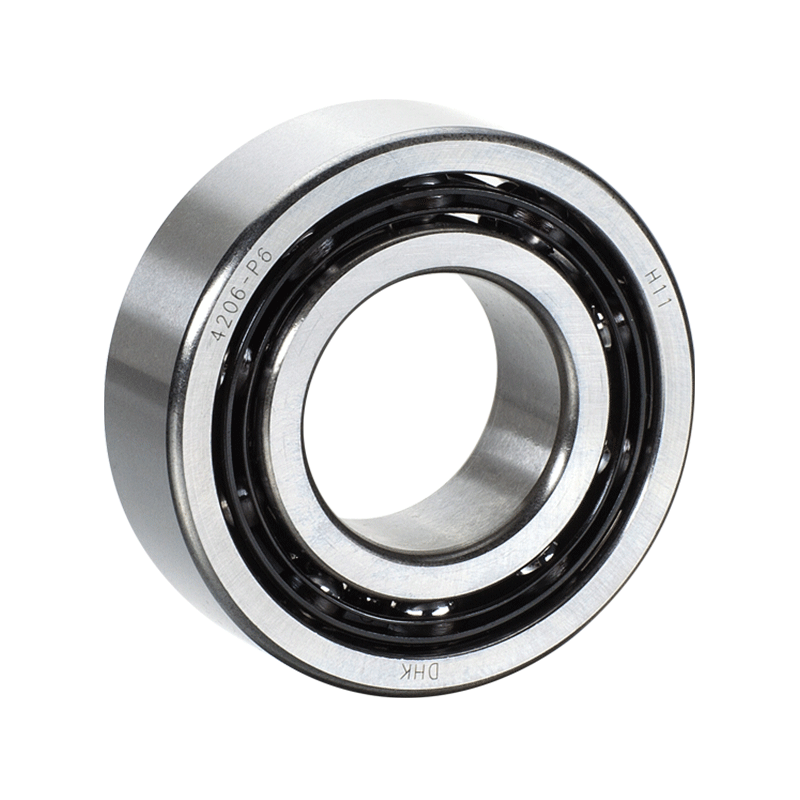Load Handling: Wind turbines operate in varying wind conditions, subjecting their components to dynamic loads. Bearings play a critical role in supporting the rotor shaft, gearbox, and generator. They are engineered to handle both radial and axial loads efficiently. Bearings with high load-carrying capacity ensure that the turbine can operate smoothly and transmit torque effectively, even under fluctuating wind speeds and turbulent conditions. By minimizing friction and wear, these bearings contribute directly to maximizing the energy conversion efficiency of the turbine.
Reduced Friction: The efficiency of wind turbines is significantly influenced by the frictional losses within their mechanical systems. Wind energy bearings are designed with advanced materials such as high-performance steels, ceramics, or composites, chosen for their low friction coefficients and high wear resistance. These materials are complemented by specialized lubricants and seals that further reduce friction and minimize energy losses. As a result, the bearings facilitate smoother rotation and more efficient power transmission from the rotor to the generator. This reduction in frictional resistance not only improves energy efficiency but also extends the operational life of the bearings by reducing heat generation and wear.
Durability and Environmental Resilience: Wind turbines are exposed to harsh environmental conditions, including temperature extremes, humidity, and airborne contaminants. Bearings in wind turbines are engineered for durability and resilience under such conditions. They often feature protective coatings, corrosion-resistant materials, and advanced sealing solutions that prevent moisture ingress and contamination. These design elements enhance the bearings' ability to withstand environmental stressors and maintain reliable performance over the turbine's operational lifespan. By minimizing the risk of premature failure due to corrosion or wear, durable bearings contribute to reducing maintenance requirements and downtime, thereby optimizing the overall reliability of wind energy systems.
Vibration and Noise Control: Excessive vibration and noise can compromise the performance, reliability, and safety of wind turbines. Bearings play a critical role in damping vibrations and minimizing noise levels within the turbine structure. Advanced bearing designs incorporate features such as vibration-dampening materials, optimized bearing geometries, and effective lubrication systems that mitigate the effects of mechanical vibrations. By reducing vibration and noise emissions, bearings help to maintain operational stability, extend component lifespan, and ensure compliance with noise regulations in residential and industrial settings.
Safety and Reliability: Wind turbine bearings are integral to the overall safety and reliability of wind energy systems. They support the structural integrity of the turbine and its components, ensuring safe and efficient operation throughout the turbine's lifespan. Robust bearing designs undergo rigorous testing and quality assurance processes to meet industry standards for safety, reliability, and performance. Bearings are subjected to simulated operating conditions, fatigue testing, and material analysis to verify their durability and resistance to mechanical stresses. By enhancing the reliability of critical turbine components, bearings contribute to minimizing the risk of unexpected failures, operational downtime, and potential safety hazards for personnel working in and around wind energy facilities.
Four Row Cylindrical Roller Bearings



 English
English Deutsch
Deutsch
